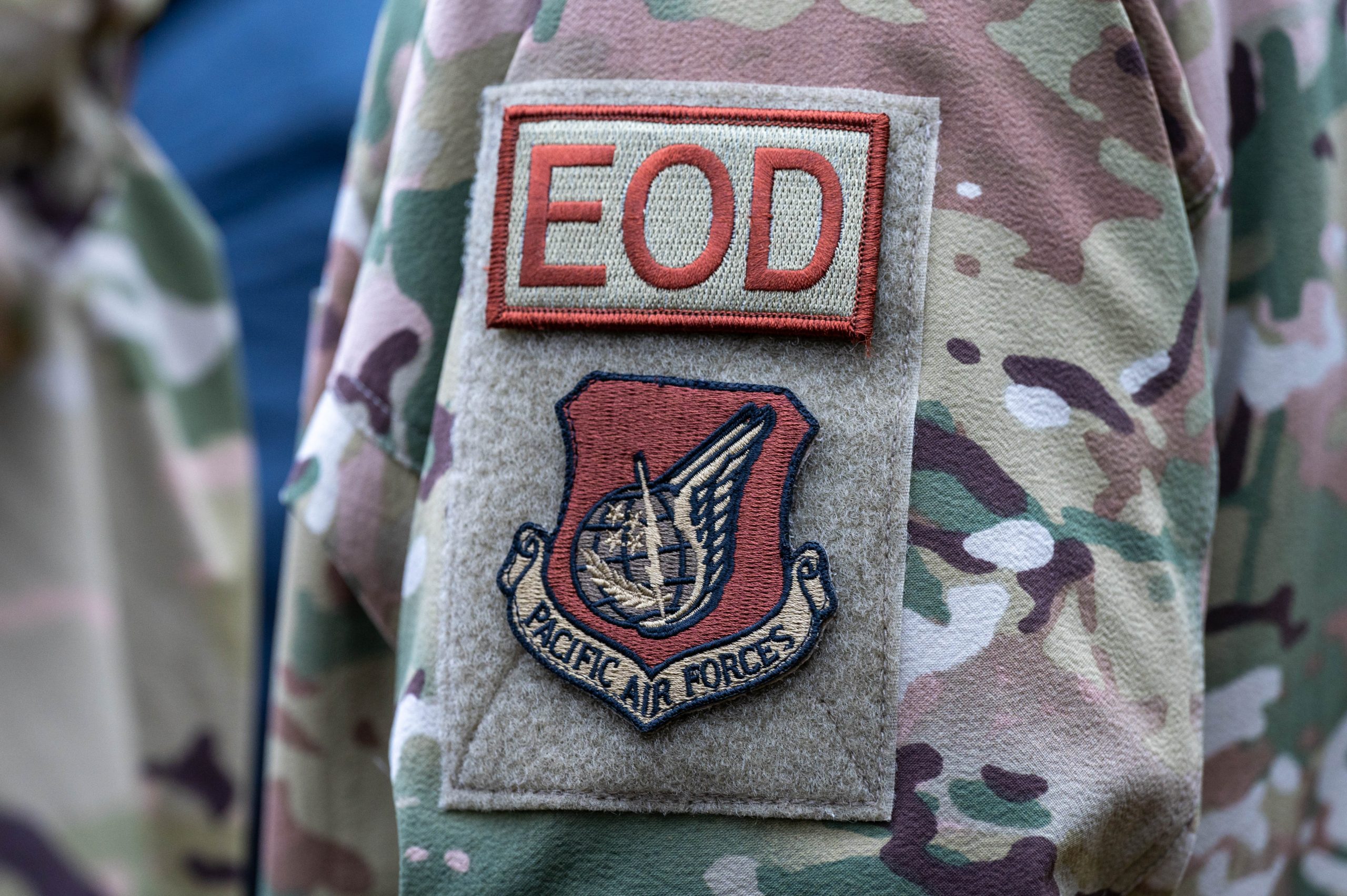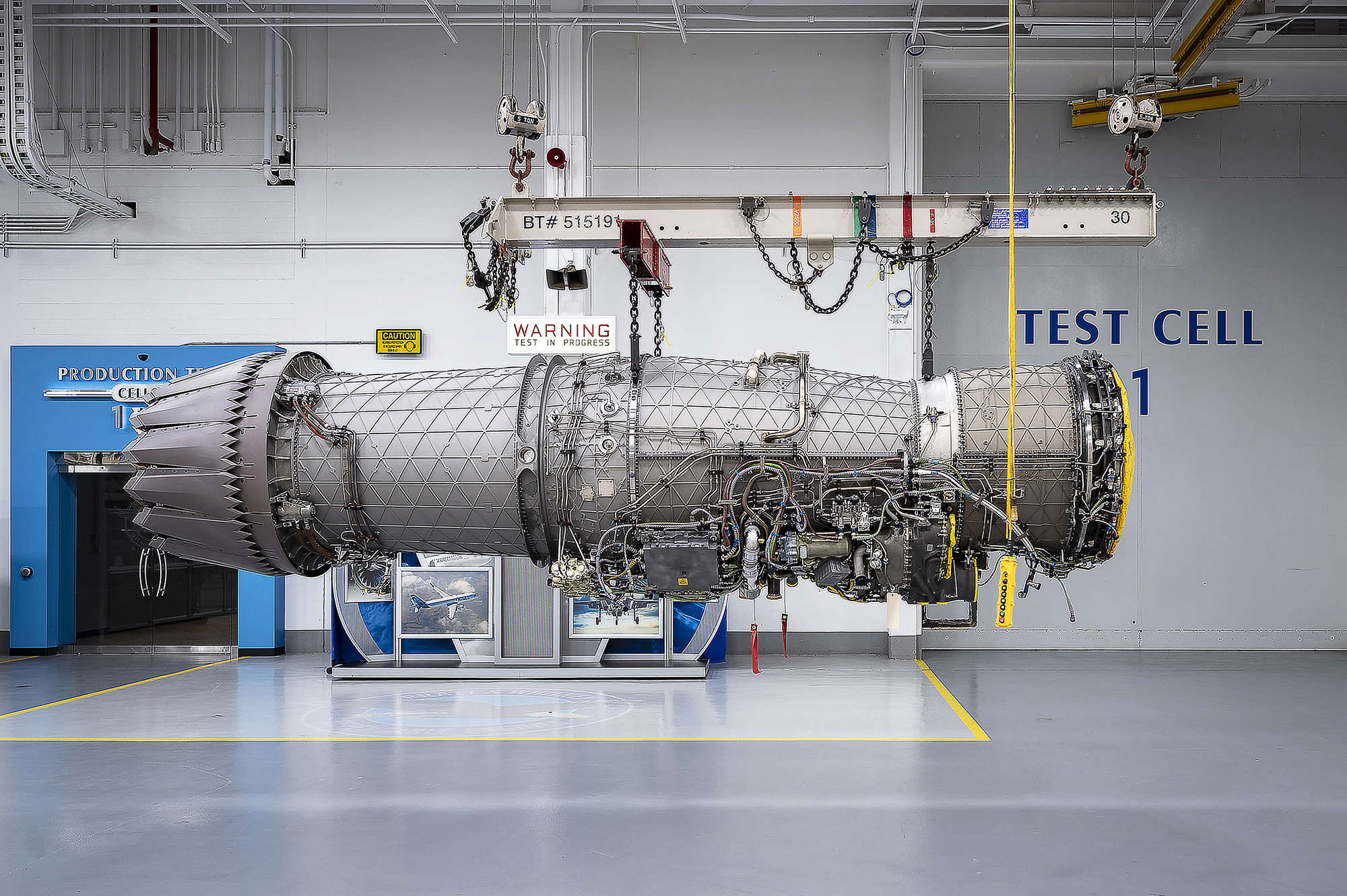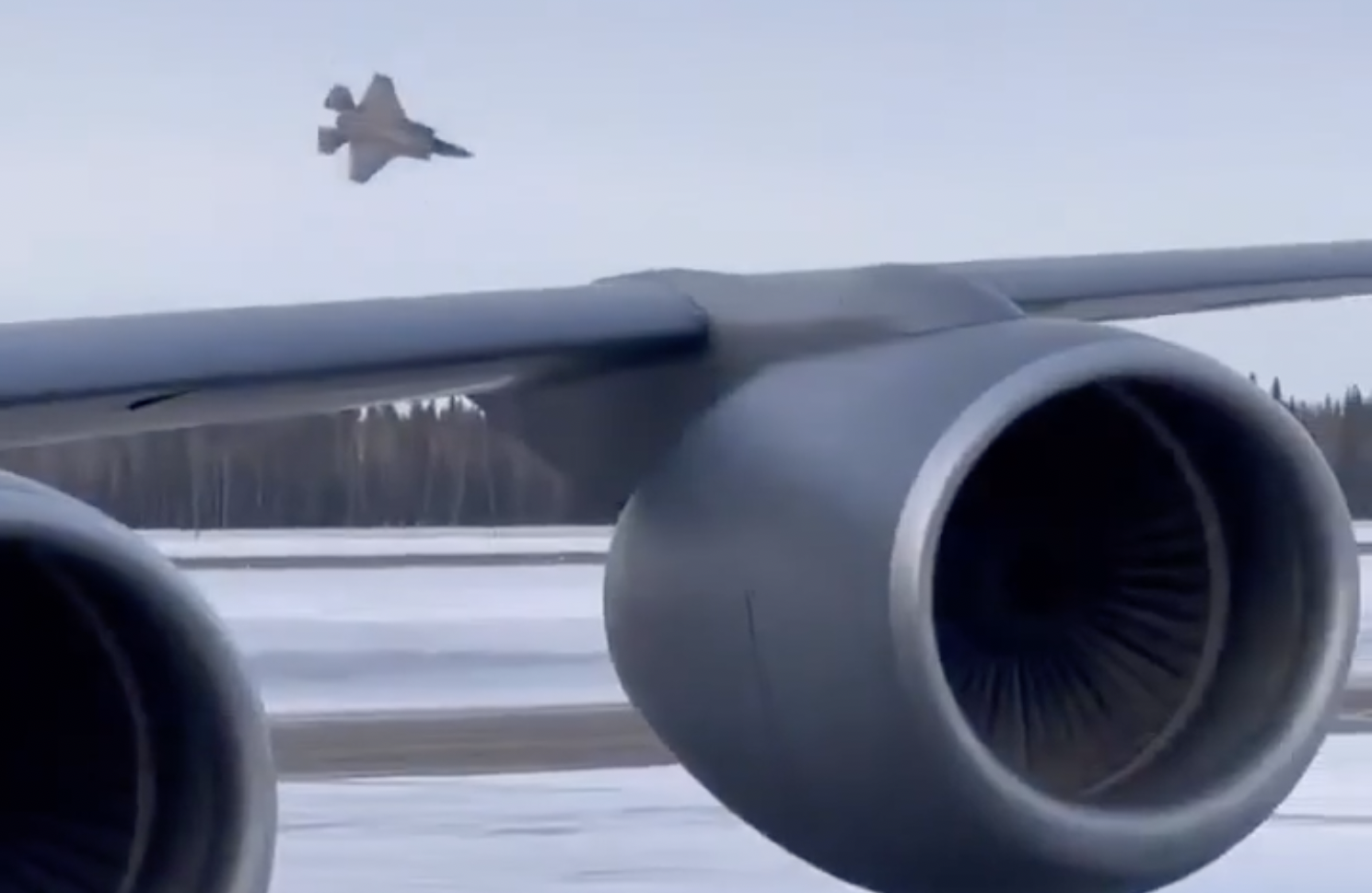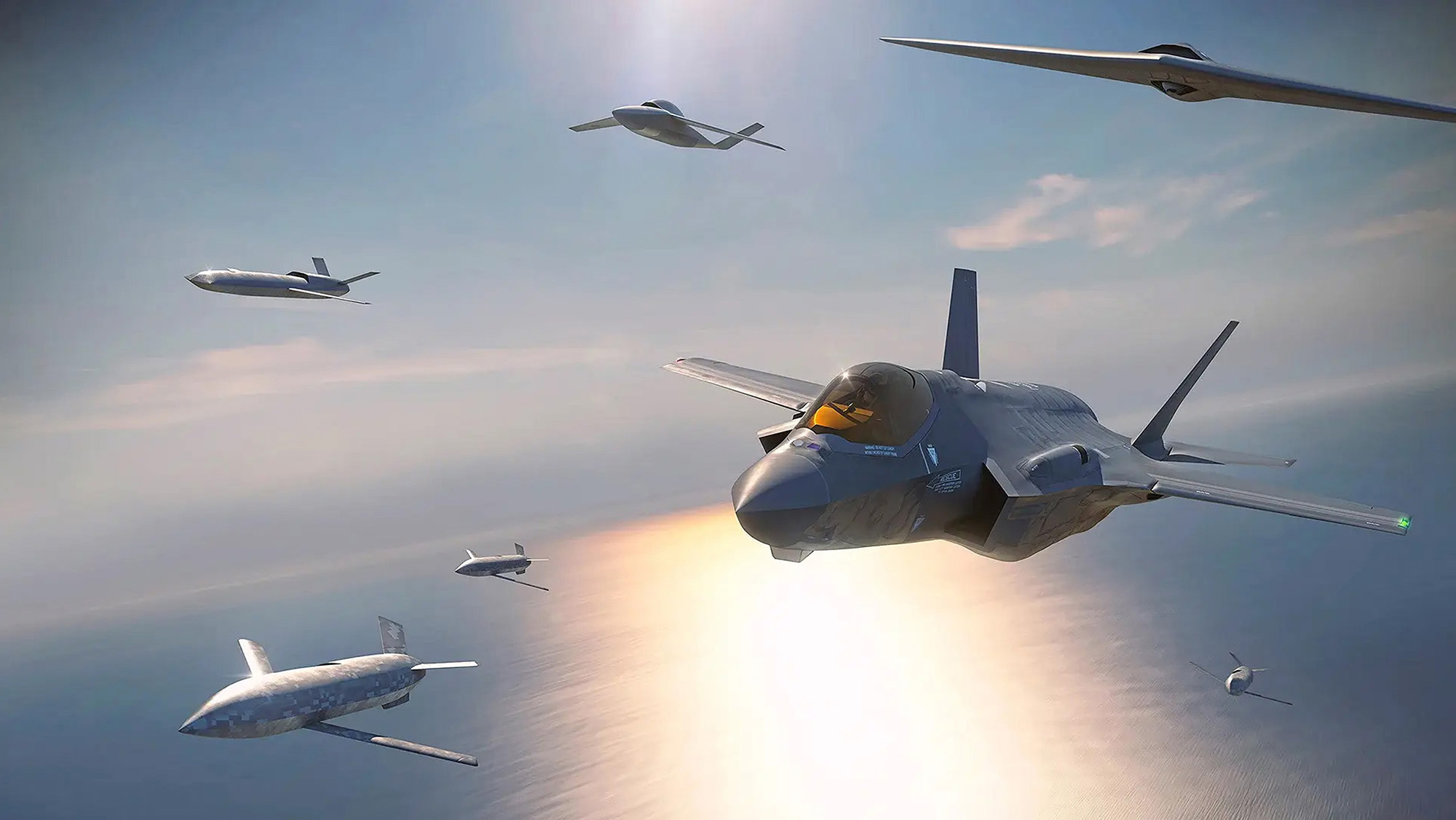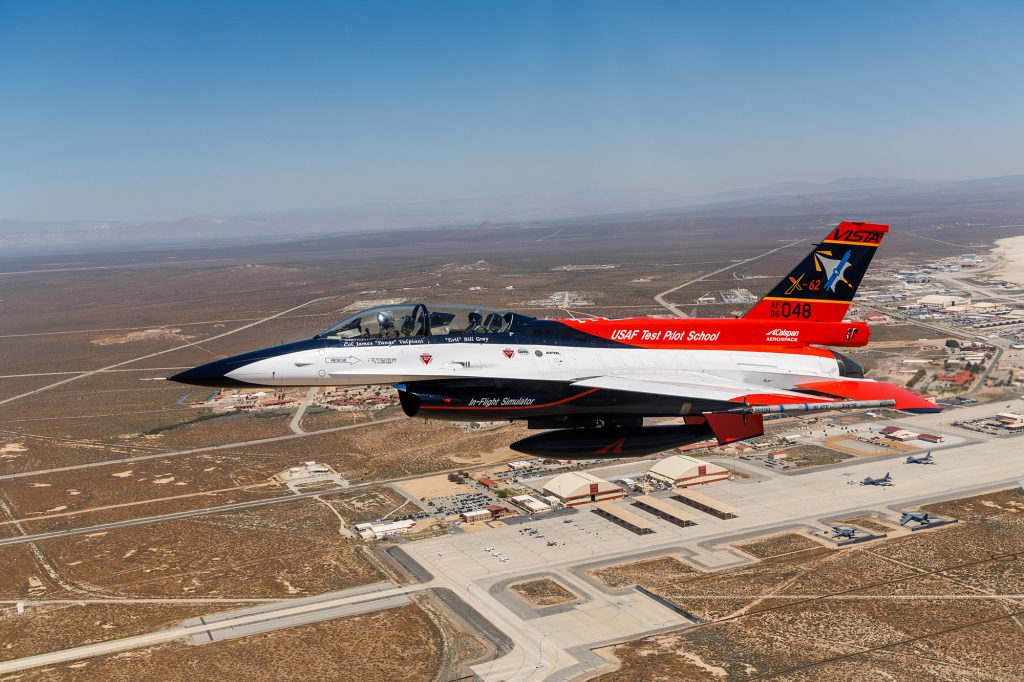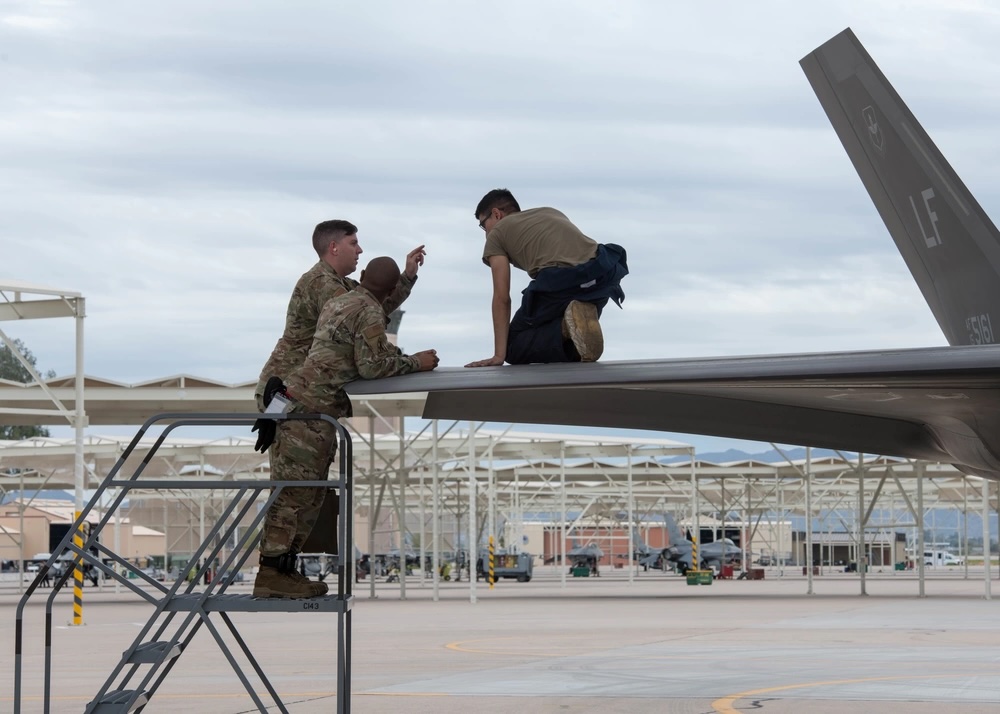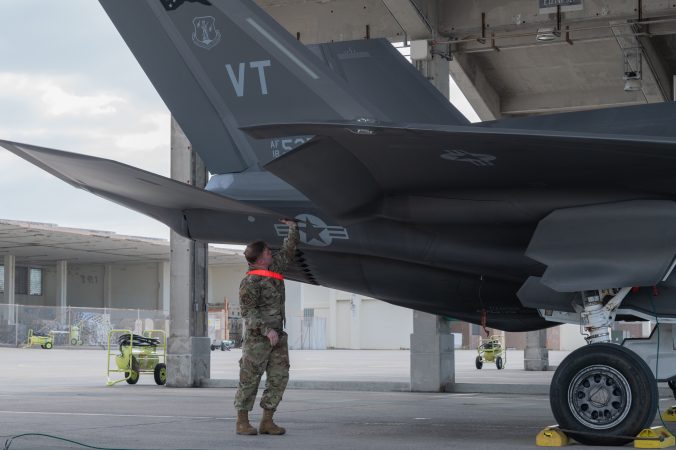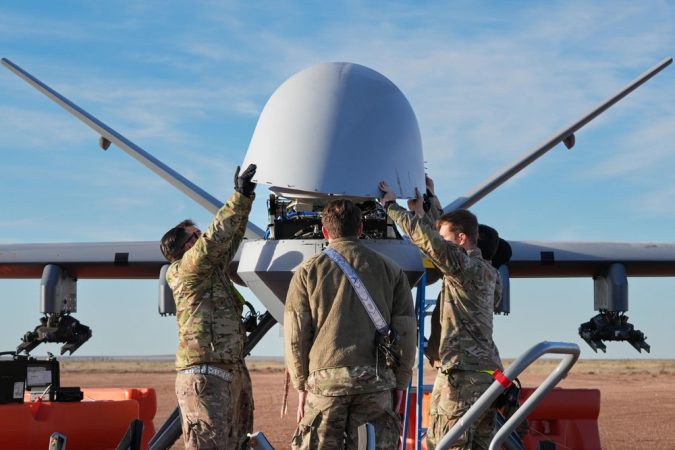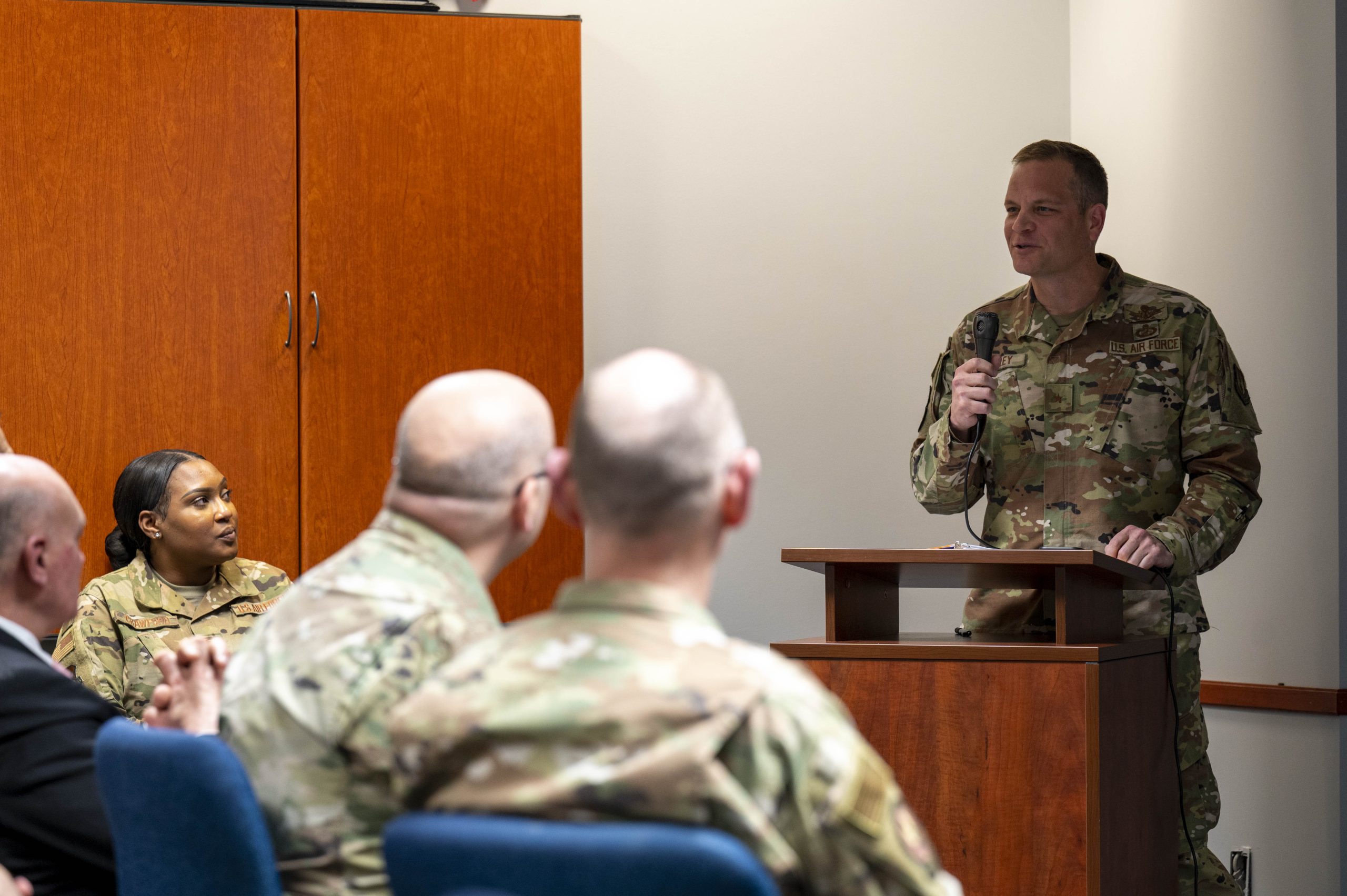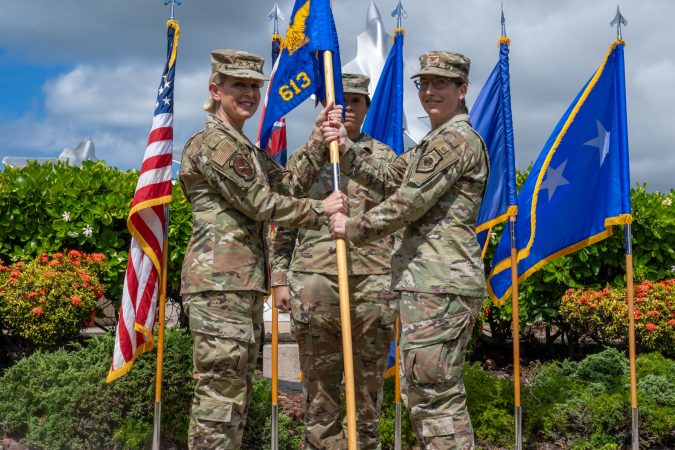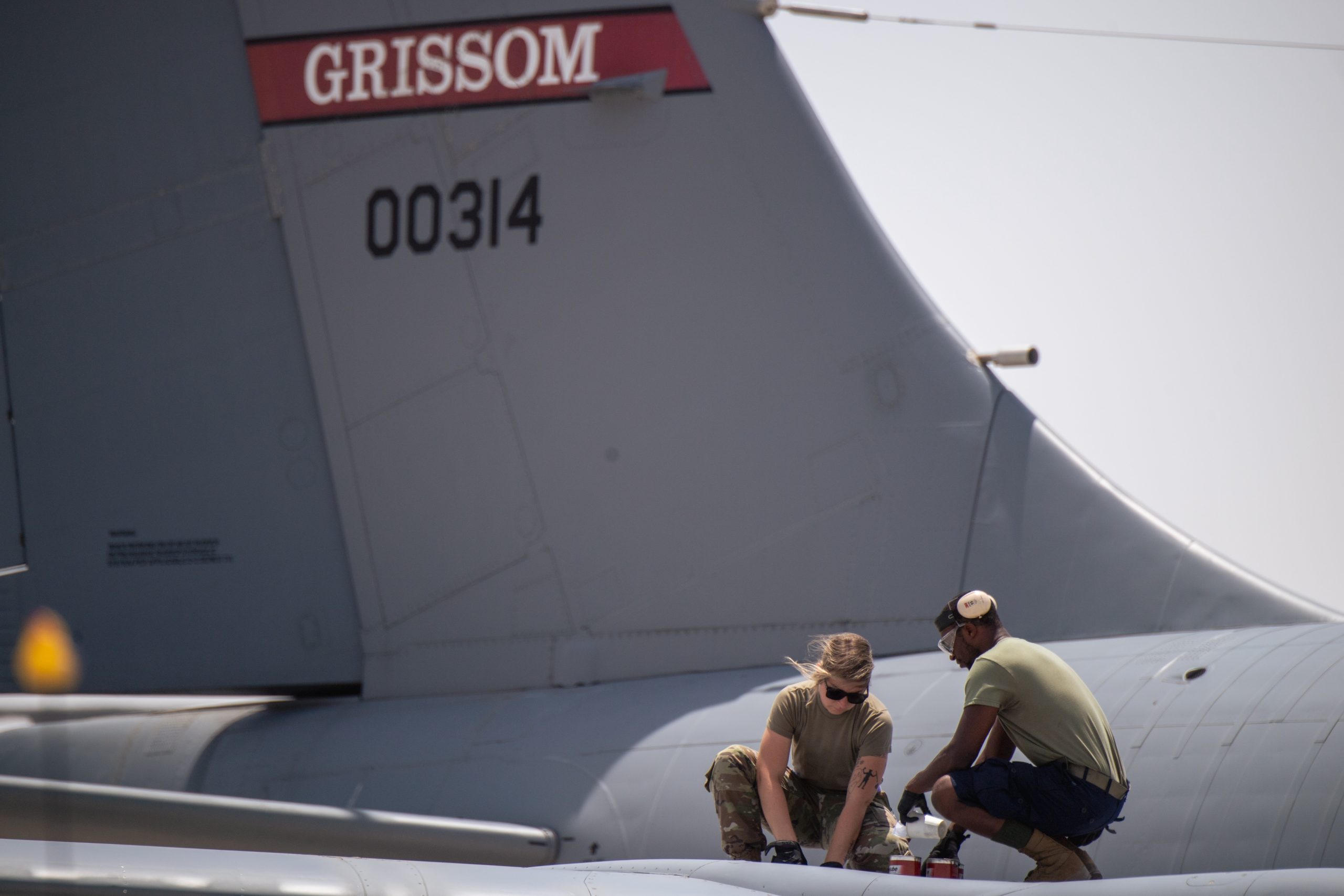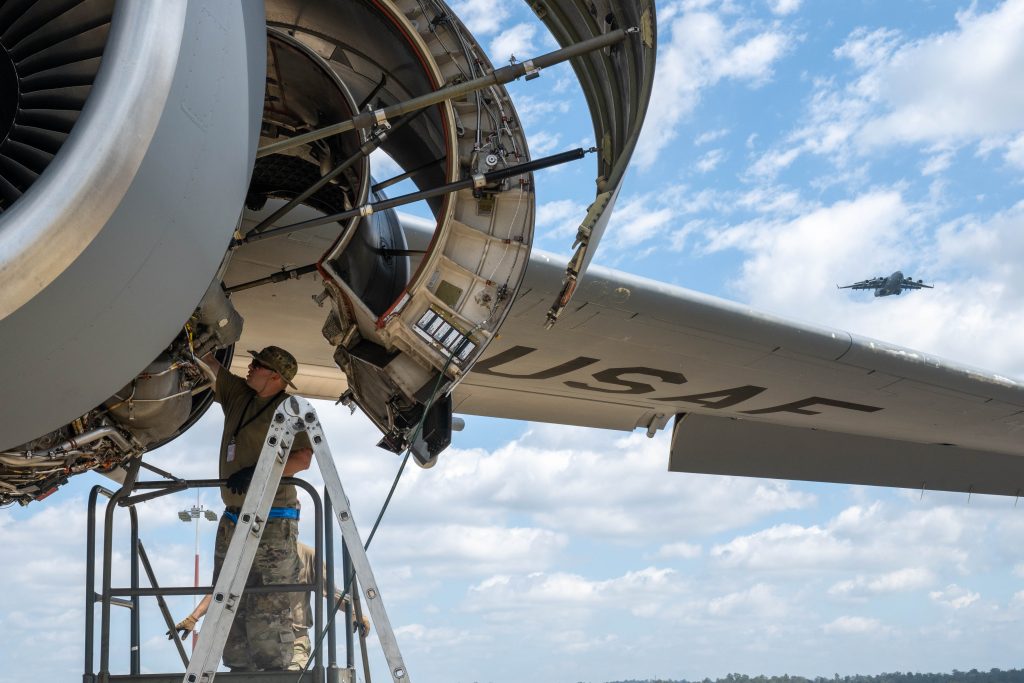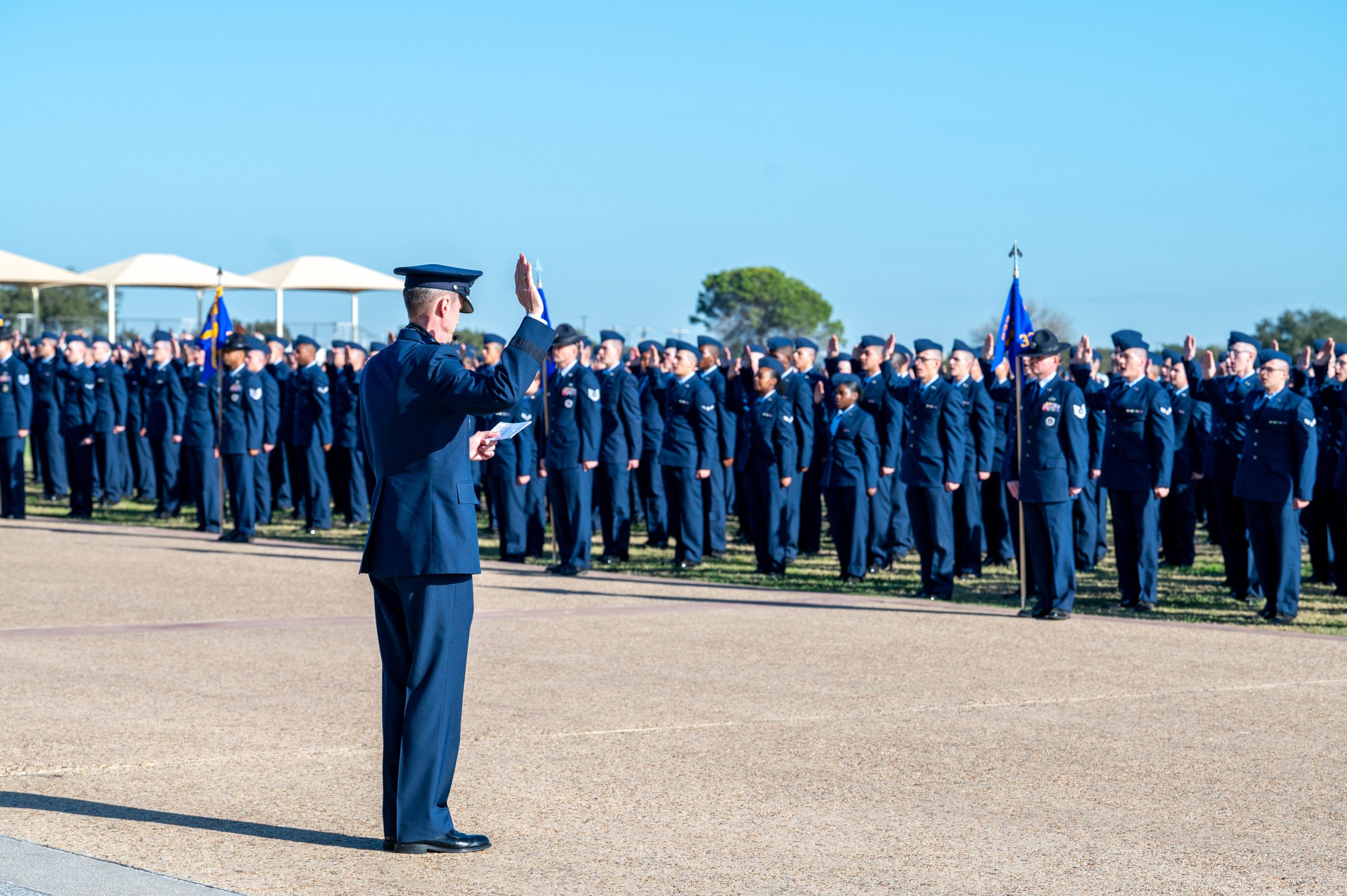Airmen will be subject to new uniform, grooming, and appearance standards starting Feb. 1, senior Air Force leaders announced Jan. 29.
Among the changes: Duty Identifier Patches are no longer authorized, hair cannot touch a male Airman’s ears, Airmen must shave every day if they do not have a medical or religious waiver, and female Airmen must comply with tighter restrictions on nail polish. Airmen with a shaving waiver will have to be reevaluated within 90 days of their next Periodic Health Assessment (PHA), starting March 1.
The updated appearance standards are outlined in a memorandum from Chief of Staff Gen. David W. Allvin, who sent a message to the force about the changes on Jan. 29. The Air Force also issued a separate memorandum on the updated shaving waiver process.
The new guidelines come about three weeks after Allvin announced a review of dress and appearance standards and said the Air Force would begin to more strictly enforce regulations.
“Earlier this month I released a video explaining why our service is reviewing certain policies and standards to ensure they are easy to understand, easy to comply with, and easy to enforce across our entire Air Force. Today, I am following through on my promise to swiftly distribute updates,” Allvin wrote to Airmen in an email that was provided to Air & Space Forces Magazine. “As you review the memoranda and take action to ensure compliance, never forget that discipline and accountability are, and always will be, the backbone of an effective and lethal fighting force. Complying with and enforcing standards demonstrates shared commitment to our winning team, as well as an understanding of the gravity of our profession in today’s volatile security environment.”
Allvin also released a video explaining why he was getting rid of Duty Identifier Patches, which are also known as Career Field Identifier patches—such as “SF” for Security Forces, “MUNS” for Munitions, “PA” for Public Affairs, and much more. The patches have become commonplace on the sleeves of many Airmen’s fatigues, but they are no longer authorized as of Feb. 1.
According to Air Force Instruction 36-2903, more than 130 patches have been authorized.
“This is a lot of tabs,” Allvin said. “Under the principle that we have of ‘easy to understand, easy to comply with, easy to enforce,’ this fails that test. But there’s a bigger issue at play here: as we identify ourselves as one type of Airman or another, with one specialty or one skillset or another, we really diminish ourselves. While that is a contribution we make, our real value is our integral part of a winning, warfighting team. And that’s what we want to emphasize: that we value the team over the individual.”
Still allowed are arch-shaped tabs signifying a special, unique qualification or training, such as “Air Advisor” or “Arctic,” as are graduate patches, such as ones from the Air Force Weapons School, and command patches.
Shaving Waivers
The new shaving waiver guidance covers both the Air Force and Space Force comes about five years after the Air Force began issuing five-year medical shaving waivers for Airmen with pseudofolliculitis barbae (PFB), also known as razor bumps, a skin condition caused by ingrown hairs that makes shaving painful and can lead to scarring if skin is not given a chance to heal.
The problem with that policy is that it did not give clear guidance on differentiating PFB from shaving irritation, which can be avoided or treated with proper shaving technique and topical steroids, said Air Force Surgeon General Lt. Gen. John J. DeGoes in a Jan. 27 video statement.
“This lack of standardized guidance has led to inconsistencies in how shaving profiles are issued and managed across our force,” he said.
A memo from DeGoes said extended duration shaving profiles are generally reserved for severe cases of PFB, “while mild-to-moderate cases may benefit from more frequent management, follow-ups, and temporary shaving profiles.”
New guidance will arrive starting March 1 that should make it easier for providers to differentiate between PFB and irritation, DeGoes said. But that means all Airmen with a waiver must be reevaluated by a health care provider. Current shaving profiles are valid for now, but they will expire 90 calendar days after the profile holder’s next periodic health assessment (PHA). The policy does not apply to religious accommodation shaving waivers.
An anonymous health care provider told Air & Space Forces Magazine that the goal is to use new tools, including a clinical algorithm, updated guidance, and a workflow in MHS Genesis to make PFB waiver decisions more consistent.
“We’re going to take a second look at every waiver, and we’re trying to provide healthcare providers with more tools to make more informed decisions, just to ensure that everyone who’s on a waiver actually needs that waiver,” the provider said.
The algorithm is not perfect, because even experienced dermatologists can have a tough time differentiating PFB from skin irritation. In the civilian world, it’s not a problem to avoid shaving, so there is not as much research and guidance to find the discrepancies between PFB and irritation.
But if an Airman or Guardian is on the edge between irritation and PFB, the provider might recommend they try different techniques and topical steroids to avoid irritation. If that doesn’t work and they are not interested in laser hair removal, then there’s still the five-year waiver option.
Reevaluating all shaving waivers is likely to create a massive administrative toll. Every Airman and Guardian takes a PHA, but those are often conducted virtually and exist more to refer patients to specialists.
“Airmen and Guardians are going to have to make a separate appointment with their provider to then have it looked at,” the anonymous provider said. “It’s a huge administrative burden that they’re going to be putting on the providers to support this over the next 365 days.”
Those providers may themselves refer patients to dermatologists, some of whom already have three-month waitlists.
“They’re basically just going to be running shaving waiver clinics,” said the provider, who anticipated that most providers would make the same waiver decision simply to get through the backlog of reevaluations ahead of them.
Readiness
The new policy for nail polish restricts female Airmen to “clear or French and American manicure,” which typically consists of white tips and a clear or skin-colored base. The move seemingly slashes dozens of colors that were approved last year, and service officials could not immediately provide a guide for what shades are now permitted.
Chief Master Sergeant of the Air Force David A. Flosi issued a statement touting all new rules as necessary for readiness.
“Our unmatched war winning capability is built on the strength and readiness of our Airmen. Clear and enforceable standards are the bedrock for our ready and lethal flying force,” Flosi said. “Our Airmen live a life of service; we are in the Profession of Arms. We are committed to defending our nation, deterring our foes, and, if necessary, we will defeat them.”
The Air Force said the changes were not made in response to recent executive orders by President Donald Trump that have sought to make cultural and policy changes to the military.
“Gen. Allvin and service senior leadership—both officer and enlisted—have been collaborating on an approach to renew our force’s commitment and adherence to standards for months now,” Lt. Col. Karl Wiest, a spokesperson for Allvin, said in an email. He said the issue was discussed at senior leader meetings, including the high-level CORONA gathering last year, which occurred during the Biden administration.
“These updates were not directed by the new administration, but they do effectively contribute to the Department of Defense’s renewed focus on lethality, accountability, standards, and readiness,” Wiest added.
